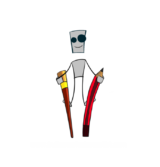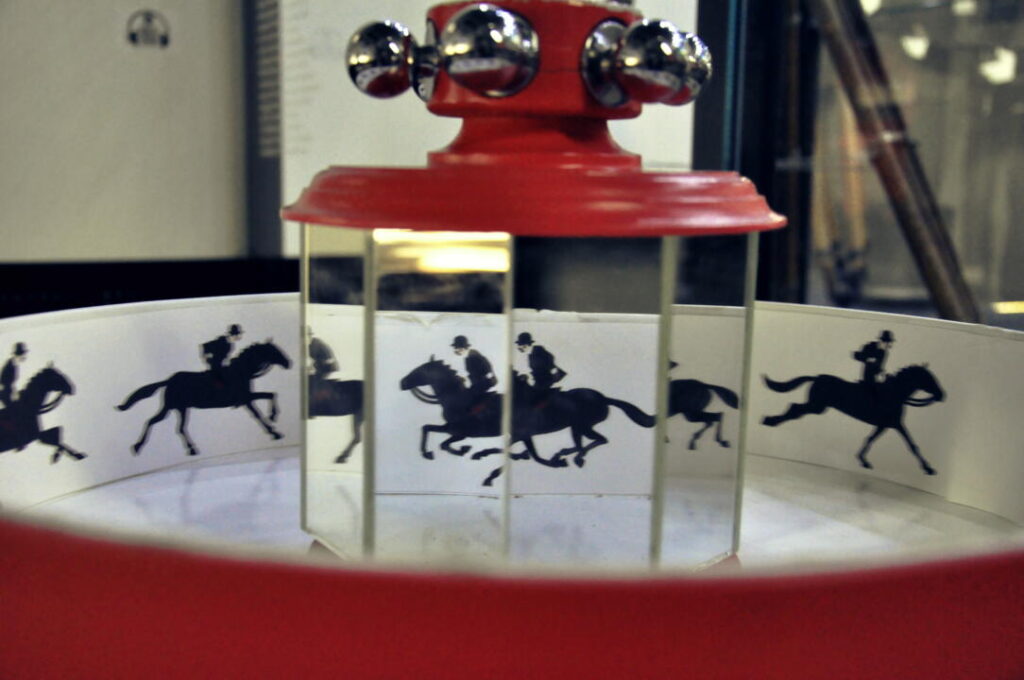EVOLUTION OF ANIMATION
WHAT IS ANIMATION?
Animation is a method in which pictures are manipulated to appear as moving images. In the traditional form of animation images were drawn by hand on transparent celluloid sheets or acrylic paint was used for color to be photographed and exhibited on film. Most animations are made with computer generated Imagery.Now, lets discover the evolution of animation.
HOW DID IT ALL START?
The word animation comes from the Latin word animation, which means bestowing of life or liveliness.
Animation came long back before mainstream cinema, yes you heard it right.
The art of putting images in a sequence to tell a story came from a long time back in history it was just an improvisation in storytelling.
Comics for example are the best scripts any film maker could get. Also because every scene has already been in a storyboard form, where characters in their particular motion along with their specific dialogues are already in place.
Take for example the marvel universe and the DC comic characters existed long back but we the world saw it when everything came from just simple illustrations to larger than life animation.
So how did these characters make their journey from just basic colored drawings to three dimensional animation?
Lets go back in time a little.
Humans have always been fascinated by the illusion of things and animation exactly uses that, it’s all an illusion.
WHAT IS ILLUSION?
Just look at your fan while its moving and you can see when in motion there are no three petals but it looks like more that is one simple example.
Now more than a game of artists it’s a complete game of optics, light and mechanics lets keep sound aside for now.
For the fun side of it lets call these instruments toys
INSTRUMENTS OF ANIMATION.
1824 Thaumatrope– A paper circular disc attached by strings at horizontal ends, has images that co relate.Example a bird on one side a cage on the other side.Now, when flipped quickly with the string back and forth the illusion of the bird in the cage becomes clear. Persistence of vision principle comes into play.
1832 Phenakistoscope –
It was invented by the Belgian physicist Joseph Plateau
It’s made of a simple circular cut chart paper that has images in sequence.Any art depicting an activity, example- like a ball going upward, a bird with wings moving.Also, nothing of this is moving because all are still drawings made in a division around the circular chart paper and are separated by slits.
Therefore, if you just simply rotate the disc in front of you, you won’t see anything.Instead, if you face it towards the mirror and then you will see how it bursts into life, viewing the discs reflection through its slits separates the colors and you get the perfect illusion of motion.
1834 Zoetrope –
Known as one of the best early animation device was invented in 1834 by William George Horner. It is made up of metal or brass drum that is mounted on a wooden stand that also enables the metal drum to spin freely.The animation strips which have images in sequence are placed in the drum, once you spin it and view it from the side through the slits you get to see the illusion of motion the images come to life.
The main improvement of the zoetrope comparing with phenkistiscope was that it had the ability for multiple viewers as it was in a cylindrical shape and people could sit on all sides and view it.
1877 Praxinoscope
It was invented in 1877 by It is an advanced version of Zoetrope. Its made up of circular angled mirrors in the center of the access and the drum has no slits.The animated strip of images sit on the side of the drum.Once it starts spinning, the images placed on the side of the drum and reflect the illusion of motion. The most important part is that this instrument provides a very clean illusion.
Here is the working of all these in this video.

